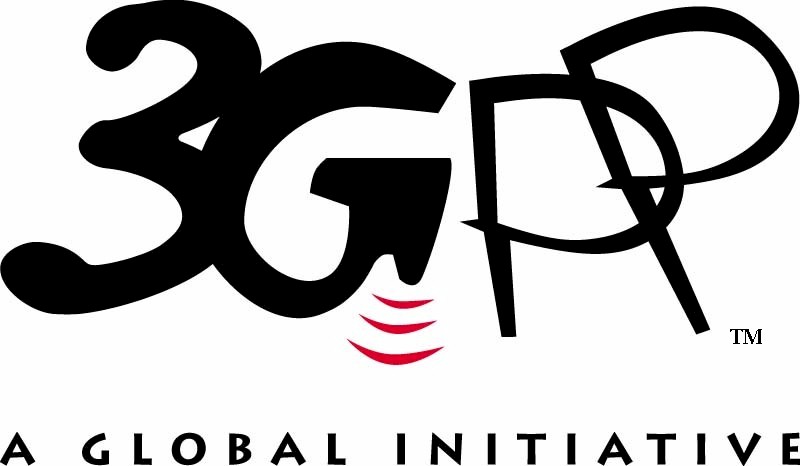Cloud Framework for Telepresence Service
The ATIS Cloud Services Forum is examining a number of services that establish the foundation for development, operations, deployment, and management of cloud-based services. These include content delivery, telepresence, and virtual desktop. Video services, including the already-present one-way and growing two-way communications, will be a substantial catalyst for additional growth and expansion of the Internet. Telepresence services provide a business model and architectural model that are foundational to cloud services, and provide important elements of the Cloud Services Data Model for Cloud Service Enablers. This specification focuses on telepresence services, recognizing that telepresence services are an integral part of a broader unified communications solution set.
There are many aspects of the telepresence service. This is an evolving document establishing a foundation for continuing work efforts. The specification explores a provider-agnostic and product-agnostic implementation, and will consider two primary aspects of the telepresence service that are detailed here by the examination of use cases deployed today and those resulting in the application of "the cloud" and other aspects of business and technology architecture guiding service evolution in the future. First, a description of the telepresence service is provided. Second, a more detailed description of the two key aspects of the telepresence service is provided. Topics 2f and 2g detail aspects of telepresence interconnectivity which will be addressed in a future specification.








